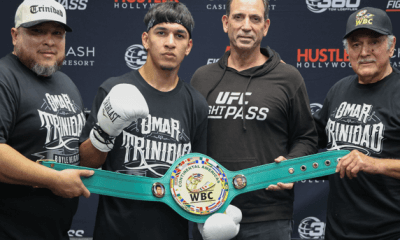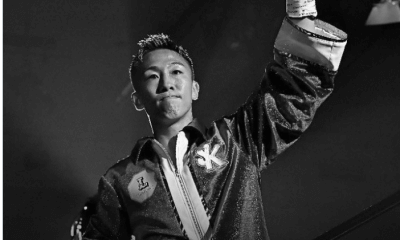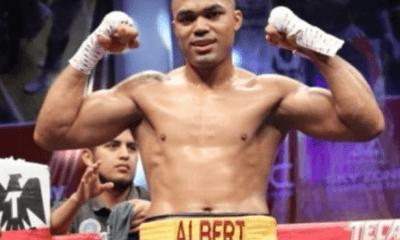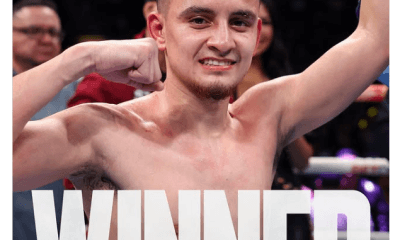Featured Articles
Making Boxing Safer, A Call to Action: Part Two
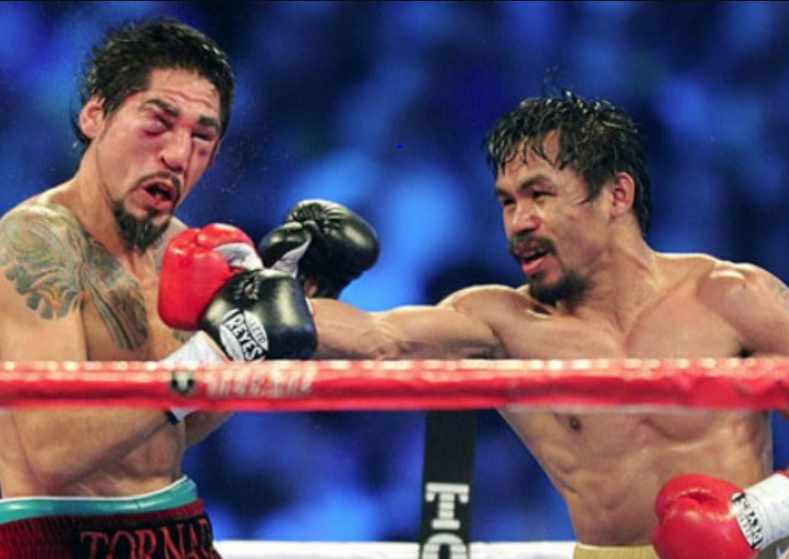
The tragic passing of Patrick Day emphasized once again that measures must be taken to make boxing a safer sport. I reached out to a mix of trainers, ex-boxers and writers for their suggestions.
Weigh-in reform (covered in Part One) was a common refrain. Others emphasized the need for more consistency in the standards of regulatory bodies. Brain scans and more responsible work by cornermen also received multiple mentions.
Dr. Margaret Goodman has been a long-time advocate for a federal boxing commission. In the meantime, says Dr. Goodman, “we need uniformity, uniformity, uniformity,” and “all commissions must recognize that one of their most important roles is to deny a fighter a license when they are no longer safe to compete –AND ALL COMMISSIONS EITHER HONOR THAT DENIAL OR PERFORM DUE DILIGENCE BEFORE LICENSING THAT ATHLETE (if they disagree).”
“The ‘medical’ side of boxing is over-complicated by the variety of rules and regulations that exist across the multiple boxing organizations and is complicated further still by yet more differences across ‘national’ bodies (Nevada, NY, BBBofC etc.),” says Harry Otty, who notes that it will take a while to get everyone on the same page. “A short-term solution,” says Otty, would be to insist on more thorough medicals prior to the fights. Said medicals should include scans for pre-existing brain bleeds (the technology for this now exists in the form of a hand-held scanner)….“An annual brain scan (for those organizations who insist on it) is only good for the day it was done, so a monitoring system needs to be introduced. The more cost (and time)-effective the better.”
Boxing historian Henry Hascup is also bullish on brain scans. “Start when they first begin boxing as a pro and then have them annually,” says Hascup. “They should also have them after a tough fight just to see where they stand! In the gyms, some of these fighters have wars against each other. I know it’s entertaining, but it’s not good for the fighters in the long term. There should be a medical person of some kind to oversee this!”
In this same vein, Dr. Goodman says all fighters should be required to undergo an MRI at least yearly and adds that all commissions should institute adequate PED testing using only accredited labs.
Cornermen and Ring Officials
Henry Hascup believes that more education is needed for trainers. “Right now all you need is a few dollars and you can work the corner,” says Hascup. “In the amateurs they have to go through a clinic every couple of years, why not in the pro’s where it is so much more dangerous!? They should be educated on what to look for before working a corner!”
Boxing manager, advisor, and noted attorney Anthony Cardinale makes this observation: The corner is in the best position to see that the boxer is not performing and reacting properly- gets slower, doesn’t execute combinations correctly, isn’t avoiding punches he would normally avoid- and should be in the best position to realize that there is no way to win the fight but by some prayer of KO punch, and when that happens the corner must stop the fight.”
Cardinale acknowledges that many trainers do stop the fight when this occurs, but says it doesn’t happen often enough. “The cornerman/trainer has developed that drive and tends to believe that their boxer can come back, recover, and win in a fight even when it may not be reasonable to do so,” says Cardinale. “So my humble suggestion is to have a neutral observer monitoring the fighter/corner who is able to call a halt to the fight or to at least have a doctor examine the fighter and consult in deciding if the fighter should not continue. Usually there is a commission representative in each corner – but they only enforce commission rules regarding the conduct of the bout. Why not engage someone that has the skill, background, training, and integrity to do both jobs?”
St. Olaf University philosophy professor, trainer, and writer Gordon Marino also emphasizes the importance of a responsible corner: “I think many if not most of the deaths of late could have been avoided if rather than risk the death of a fighter refs and corners would risk the wrath of the crowd and stop hopelessly one-sided fights, a la Eddie Futch in Ali-Frazier III.”
Author John Raspanti, the lead writer/editor for MaxBoxing, recommends expanding the role of ringside physicians: “Most of boxing’s serious injuries are caused by an accumulation of blows over the course of a fight. If a bout is a tough one, the ringside physician should start monitoring and physically checking the fighters as early as round three. Personally, I think ringside physicians should be able to call a fight in ALL states, not just some. Perhaps bring back the standing eight count, though some very zealous referees might interrupt the flow of fights.”
A somewhat related recommendation comes from TSS writer Matt Andrzejewski: “…We strongly need to consider implementing a modified open scoring system where if a fighter is down by a certain number of rounds certain people are notified. This includes the referee, doctor, member of the commission and the fighter’s corner. This may be cause for a fighter to not take further unnecessary punishment.”
Other suggestions that have been tossed out over the years include mandatory headgear, reducing the length of championship fights from 12 to 10 rounds, and shortening rounds from three to two minutes. None of the respondents found merit in these proposals.
Reducing the number of rounds or the duration of rounds “fundamentally changes the sport in a way that could negatively affect the bottom line financially and aesthetically,” says Lee Groves.
As for headgear, TSS mainstay and 2019 IBHOF nominee Bernard Fernandez and the noted trainer and former world title challenger John “Iceman” Scully both thought it would seriously erode fan interest, unquestionably killing the sport in the words of Scully. And Lee Groves questions whether headgear actually would make the sport safer. “….it may absorb the initial shock of the fist but the additional weight on one’s head could cause an even more damaging swivel of the neck that would further jar the brain.”
“One suggestion that would have potentially helped situations like Patrick Day’s would have been a thicker and more forgiving canvas,” continues Groves, “but making a canvas absorbent enough to minimize the shock of his head striking the floor would, in turn, make it disadvantageous to boxers who rely on movement and advantageous to the big punchers because they’d be able to better dig in their toes and generate maximum power. And if big punchers are better able to enhance their power, then they would, in turn, inflict more of the kind of life-threatening trauma we’re trying to avoid.”
While the aforementioned Scully is strongly opposed to headgear, he thinks improvements can be made with respect to gloves. “I do believe it would be safer if they would stop making gloves that are designed to transmit force,” he says. “Everybody in the game knows that there are certain gloves that really hurt and do more damage than others. Cleto-Reyes, for example. Horsehair gloves should definitely not be in the mix. I believe that if you had professionals wear 12 oz or even 14 oz gloves with foam padding, you’d see a lot less injuries. And the fact is you would see better fights because guys wouldn’t be so leery of the big punchers with the 10-ounce horsehair gloves on.”
Author and boxing historian Mike Silver, covering familiar territory, points the finger at “clueless” boxing officials. “The level of incompetence of so-called ringside physicians, trainers, chief seconds, commission officials and of course horribly incompetent referees is breathtaking. Unless things are changed more fighters will die. In fact more are dying proportionally (number of active boxers) than ever before because boxing safety is all cosmetic and stupid and controlled by clueless officials. Everything needs to be reviewed and revised from length of bouts, structure of boxing gloves, too much tape on hands, drug use, especially the lack of defensive skills among today’s fighters…..”
Bernard Fernandez, who has studied this issue extensively, would remind us that there are pros and cons to many well-intentioned reforms: “More extensive pre-fight physical examinations? Some tests are cost-prohibitive, especially for small promoters….Referees instructed to more quickly stop bouts once a fighter gets in any kind of trouble? We would never have thrilled to the late-bout heroics of back-from-the-brink action heroes like Matthew Saad Muhammad and Arturo Gatti.”
“Unless or until we are ready to throw out the baby with the bath water,” says Fernandez, “we aficionados might just have to cope with occasional pangs of guilt that linger just a bit longer with each event that goes horribly wrong. The same might be said of ardent fans who follow the NFL (CTE is real), mixed martial arts, bull-riding in rodeos, race-car drivers, etc. All these sports have the fan bases they do because there is an element of risk involved for participants. Does that make those of us who watch or report enablers? Does it make highly paid athletes solely or mostly culpable for whatever injuries they incur?
“So many questions, so many opinions, but so few answers. I wish I had some that would have a positive effect, or any effect. Unless, of course, the heartfelt offering of prayers for the health and well-being of those who are bold enough to step inside the ropes actually do have an effect.”
My own feelings regarding a call for action start with effective weight control and secondarily periodic brain scans. It’s pretty plain that when the goal of weight-cutting is to have an ultimate size advantage over your opponent, something bad can occur. Reform in these two areas can be implemented without endangering fan interest in the sport.
It’s something to ponder.
A hearty thank you to everyone who took the time to contribute to this story,
Postscript: Heaven just gained a new angel. Fly high Patrick Day; fly strong.
Ted Sares can be reached at tedsares@roadrunner.com
Check out more boxing news on video at The Boxing Channel
To comment on this story in The Fight Forum CLICK HERE
-
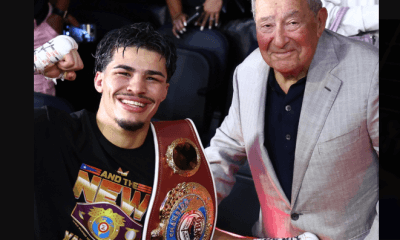
 Featured Articles3 weeks ago
Featured Articles3 weeks agoThe Hauser Report: Zayas-Garcia, Pacquiao, Usyk, and the NYSAC
-
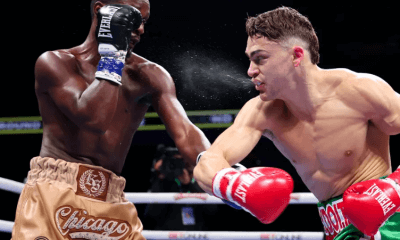
 Featured Articles2 weeks ago
Featured Articles2 weeks agoOscar Duarte and Regis Prograis Prevail on an Action-Packed Fight Card in Chicago
-
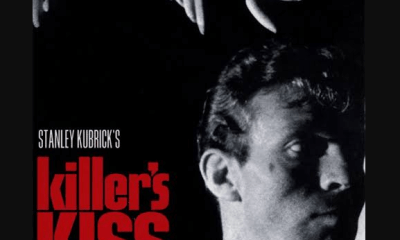
 Featured Articles1 week ago
Featured Articles1 week agoThe Hauser Report: Cinematic and Literary Notes
-
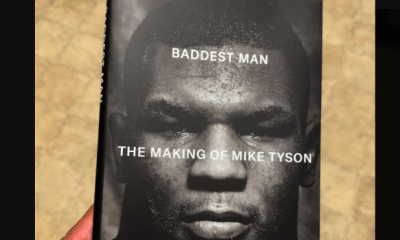
 Book Review4 days ago
Book Review4 days agoMark Kriegel’s New Book About Mike Tyson is a Must-Read
-
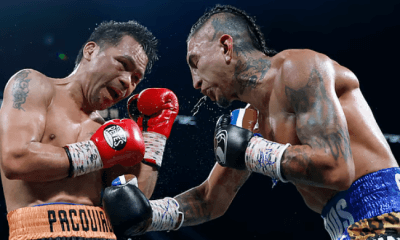
 Featured Articles4 weeks ago
Featured Articles4 weeks agoManny Pacquiao and Mario Barrios Fight to a Draw; Fundora stops Tim Tszyu
-
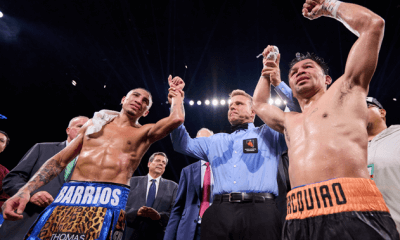
 Featured Articles4 weeks ago
Featured Articles4 weeks agoArne’s Almanac: Pacquiao-Barrios Redux
-

 Featured Articles3 weeks ago
Featured Articles3 weeks agoRemembering Dwight Muhammad Qawi (1953-2025) and his Triumphant Return to Prison
-
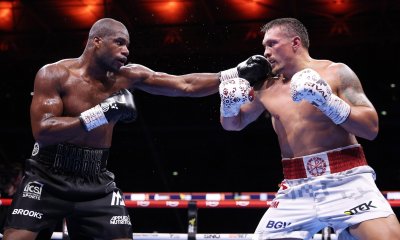
 Featured Articles4 weeks ago
Featured Articles4 weeks agoOleksandr Usyk Continues to Amaze; KOs Daniel Dubois in 5 One-Sided Rounds


